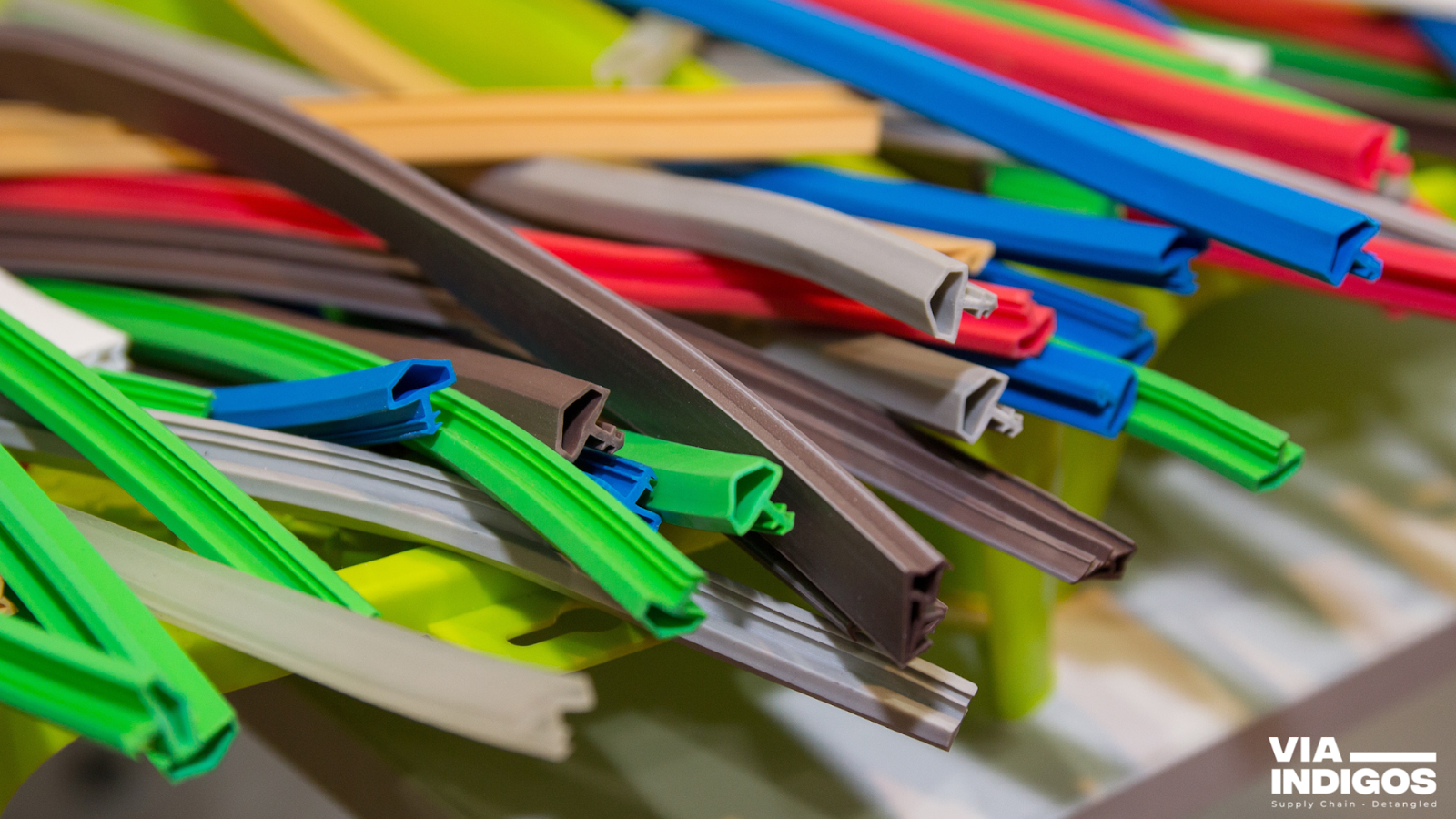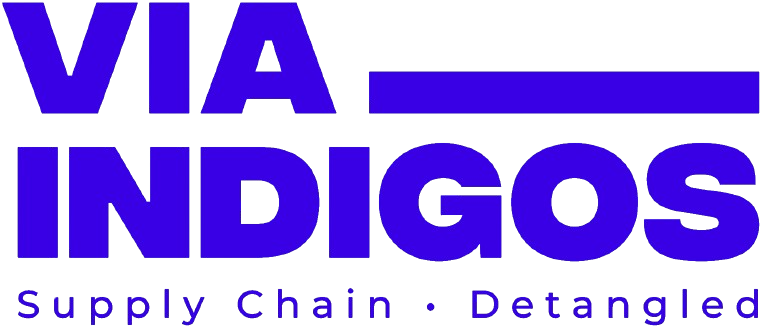Top Applications of Rubber Extrusion in Automotive and Industrial Sectors
- VIA INDIGOS

Rubber extrusion is a cornerstone manufacturing process that has found its way into countless industries due to its versatility, efficiency, and ability to produce customized, high-performance components.
The automotive and industrial sectors, in particular, rely heavily on rubber extrusion for parts that must withstand extreme conditions, deliver precise functionality, and meet stringent quality standards.
In this blog post, we will explore the top applications of rubber extrusion in these sectors, supported by key data points and insights.
The automotive sector uses rubber extrusion for weatherproofing, vibration dampening, fluid transfer, and electrical insulation.
Meanwhile, the industrial sector depends on it for seals, gaskets, conveyor systems, and protective tubing in demanding environments such as chemical plants, oil refineries, power plants, and heavy machinery operations.
The construction sector, particularly in aluminum window fabrication and glass processing, also utilizes rubber extrusions for sealing, insulation, and impact resistance.
This article explores key applications of rubber extrusion across these industries, technical challenges, and the latest advancements shaping the future of extruded rubber components.

With boots on the ground and a vast network of production partners in INDIA, we help you cut tariffs, reduce lead times and avoid supply chain disruptions.
Understanding Rubber Extrusion
Rubber extrusion is a process where unvulcanized rubber is forced through a die to create continuous profiles with consistent cross-sections.
These profiles are then cured or vulcanized to retain their shape and enhance their physical properties.
The process is widely used for manufacturing seals, gaskets, tubing, and more. Its ability to work with various rubber compounds, such as EPDM, silicone, neoprene, and nitrile, makes it ideal for diverse applications.

Key stages of Rubber Extrusion: Compound Creation ➝ Extrusion ➝ Curing.
Key Stages of Rubber Extrusion:
- Material Selection – Choosing the right rubber compound based on temperature resistance, chemical compatibility, and mechanical properties.
- Extrusion Process – The rubber is heated and pushed through a die to form the desired shape.
- Curing (Vulcanization) – Heat and pressure are applied to enhance durability and elasticity.
- Post-Processing – Cutting, bonding, surface treatments, and final quality inspection ensure compliance with industry standards.

Different Applications of Extruded Rubber
Automotive Sector

Rubber weather strips: Rubber extrusion keeps cars quiet, dry, and road-ready
• Weatherstripping and Seals Rubber extrusion plays a critical role in the automotive industry by providing weatherstripping solutions for doors, windows, trunks, and sunroofs. These components ensure:
- Waterproofing: Preventing water ingress during rain or car washes.
- Noise Reduction: Minimizing road and wind noise for improved cabin comfort.
- Temperature Resistance: Withstanding extreme heat or cold without losing elasticity.
Data Point: According to Allied Market Research, the global automotive weatherstripping market was valued at $8.1 billion in 2021 and is projected to reach $13.1 billion by 2031, growing at a CAGR of 4.9%.

• Automotive Hoses and Tubing Extruded rubber hoses are essential for fluid transfer in automotive systems, including:
Cooling Systems Hoses: Radiator and heater hoses for efficient coolant circulation.
- Radiator hoses ensure coolant circulation to regulate engine temperature.
- Heater hoses provide warm air to the vehicle’s cabin.
- Reinforced silicone hoses withstand extreme heat in performance vehicles.
Fuel Systems Hoses: Hoses designed to resist fuel and oil.
- Nitrile and fluoroelastomer hoses resist fuel and oil degradation.
- Multi-layer hoses prevent vapor emissions in modern fuel systems.
Air and Vacuum Hoses: Turbocharger and vacuum hoses.
- Turbocharger hoses handle high temperatures and pressures.
- Vacuum brake hoses provide power-assisted braking performance.
Technical Challenge: Fuel hoses must meet SAE J30 and EPA fuel emission regulations to minimize hydrocarbon leaks in modern vehicles.
• Wire and Cable Insulation Rubber-extruded insulation for automotive wiring protects against abrasion, chemicals, and extreme temperatures. This is particularly important in electric vehicles (EVs), where high-voltage cables demand exceptional durability.
Rubber-extruded insulation protects automotive electrical systems by:
✔ Preventing short circuits in harsh environments
✔ Resisting oil, chemicals, and moisture exposure
✔ Ensuring dielectric strength in high-voltage EV batteries
Data Point: The electric vehicle market is expected to grow at a CAGR of 24.3% from 2022 to 2030, significantly driving the demand for advanced rubber insulation materials.
Construction Sector
Aluminum Window Fabrication

Aluminium Windows and Doors: Rubber extrusions in windows enhance insulation, soundproofing, and stability
Rubber extrusions play a crucial role in modern window systems by providing:
- Weather Seals – Prevent air leakage and improve energy efficiency
- Glazing Gaskets – Securely hold glass panels in aluminum frames
- Soundproofing Strips – Reduce noise penetration in buildings
- Thermal Breaks – Regulate indoor temperature
- Vibration Absorptions – Minimize structural noise caused by wind
Glass Sector

Glass Handling; Rubber extrusions enhance glass durability, insulation, and efficiency in architectural glazing.
Rubber extrusions are widely used in glass handling and architectural glazing for:
- Glazing Seals – Ensuring airtight insulation in window systems
- Protective Edge Profiles – Preventing glass chipping and breakage
- Spacer Seals for Double Glazing – Improving energy efficiency
- High-Temperature Seals – Used in industrial glass processing
Industrial Sector
1. Industrial Seals and Gaskets: Rubber extrusions are extensively used to create seals and gaskets for machinery, pipelines, and storage tanks. These components:
- Prevent leaks of liquids and gases.
- Resist harsh chemicals and extreme temperatures.
- Maintain integrity under high-pressure conditions.
Industries such as oil and gas, chemical processing, and power generation heavily rely on these applications.
Certification: Industrial seals must meet ASTM D2000 standards for heat, oil, and chemical resistance.

Rubber Seals: From mining to manufacturing, rubber extrusions keep industries moving!
• Conveyor Belts and Rollers: Extruded rubber components are integral to conveyor systems used in manufacturing, mining, and logistics.
Rubber rollers provide excellent grip, durability, and resistance to wear, ensuring smooth and efficient operations.
Data Point: The global conveyor belt market size is projected to reach $6.3 billion by 2027, growing at a CAGR of 4.3% from 2022.

Protective Profiles and Edge Trims: Industrial equipment often features rubber profiles and edge trims for protection against sharp edges, vibrations, and environmental factors. These profiles enhance safety and prolong equipment life.
Tubing for Industrial Fluids: Industries requires robust tubing for transporting fluids, gases, or powders. Rubber extruded tubing offers:
- Flexibility and resilience.
- Resistance to chemicals and high temperatures.
- Longevity in demanding environments.

Rubber Hoses and Tubings: Built to withstand the toughest conditions
Expansion Joints: Rubber expansion joints are critical in pipelines and ducts to absorb thermal expansion, vibrations, and pressure fluctuations. These components prevent structural damage and maintain system performance.
Advancements in Rubber Extrusion Technology
Recent innovations have further enhanced the efficiency and capabilities of rubber extrusion:
• Co-extrusion: Allows multiple rubber compounds to be extruded simultaneously, combining properties like rigidity and flexibility in a single profile.
• 3D Printing Integration: Enables rapid prototyping of custom extruded profiles.
• Automation: Advanced machinery with precise control systems ensures consistent quality and reduces waste.
Insights from VIA INDIGOS: Sustainable and Advanced Solutions
As highlighted by VIA INDIGOS, a leader in material innovations, sustainability and advanced material science are shaping the future of rubber extrusion.
Companies are increasingly adopting eco-friendly rubber compounds and energy-efficient extrusion processes to meet the rising demand for green manufacturing.
For instance:
• Recycled and Renewable Materials: The use of recycled rubber and bio-based alternatives reduces environmental impact while maintaining high performance.
• Precision Engineering: ViaIndigos emphasizes the importance of precision-engineered dies that minimize material waste and ensure consistent product quality.
• Enhanced Durability: Innovations in compound formulations have led to rubber products with superior resistance to UV radiation, ozone, and extreme temperatures, extending their lifespan and reducing the need for replacements.
De-Risk Your Supply Chain with VIA INDIGOS

Tariffs: Rising tariffs squeezing your margins?
• China +1 Manufacturing Strategy: We provide a strategic alternative for businesses looking to diversify their supply chains beyond a single region.
With a strong presence in India and an extensive network of production partners, we help companies:
- Reduce reliance on a single manufacturing hub
- Lower tariffs and mitigate geopolitical risks
- Maintain supply chain resilience and flexibility
• End-to-End Supply Chain Solutions: We offer a fully integrated approach to supply chain management, handling every stage from sourcing raw materials to final delivery.
With expertise across 12+ industries and access to 15+ advanced manufacturing capabilities, we ensure seamless coordination and on-time delivery of critical components while maintaining strict quality and regulatory compliance.
• Boots on the Ground Expertise: Unlike traditional sourcing firms, VIA INDIGOS operates with a hands-on approach, working directly with manufacturers on the production floor. This ensures:
- On-site quality control to prevent defects before shipping
- Real-time production oversight to reduce delays and miscommunication
- Stronger supplier relationships for better pricing, lead times, and customization
Our on-ground team in India manages every step, from tooling approvals to final inspections, ensuring that businesses receive high-quality components with minimal risk and maximum efficiency.
• Cost-Effective Manufacturing Processes: By leveraging efficient production techniques such as sheet metal stamping, rubber extrusion, and precision machining, we help manufacturers reduce waste, cut costs, and improve margins without sacrificing quality.
Our approach focuses on optimizing production efficiency while maintaining the highest industry standards.
Reliable Global Partnerships: VIA INDIGOS has built a strong network of verified manufacturers, offering:
- Global scalability with localized expertise
- Faster lead times for just-in-time production models
- Reduced logistical complexities through streamlined supply chains
Moreover, industries are leveraging data-driven monitoring systems to optimize extrusion processes, improving efficiency and reducing costs.
These advancements align with global efforts to create more sustainable and resilient supply chains.

With boots on the ground and a vast network of production partners in INDIA, we help you cut tariffs, reduce lead times and avoid supply chain disruptions.
Conclusion
Rubber extrusion remains indispensable in both the automotive and industrial sectors, delivering solutions that meet the highest standards of performance and reliability.
From weatherstripping in vehicles to industrial gaskets, the applications are vast and continually evolving with advancements in materials and technology.
The growing demand for electric vehicles, renewable energy, and sustainable manufacturing processes is expected to further drive innovation in rubber extrusion, solidifying its role as a key contributor to modern industry.
As companies like VIA INDIGOS lead the way with sustainable and advanced solutions, the future of rubber moulding and extrusion looks more promising than ever.


1 comment
I need to to thank you for this excellent read!! I absolutely loved every bit of it.
I have got you book marked to check out new things you post.